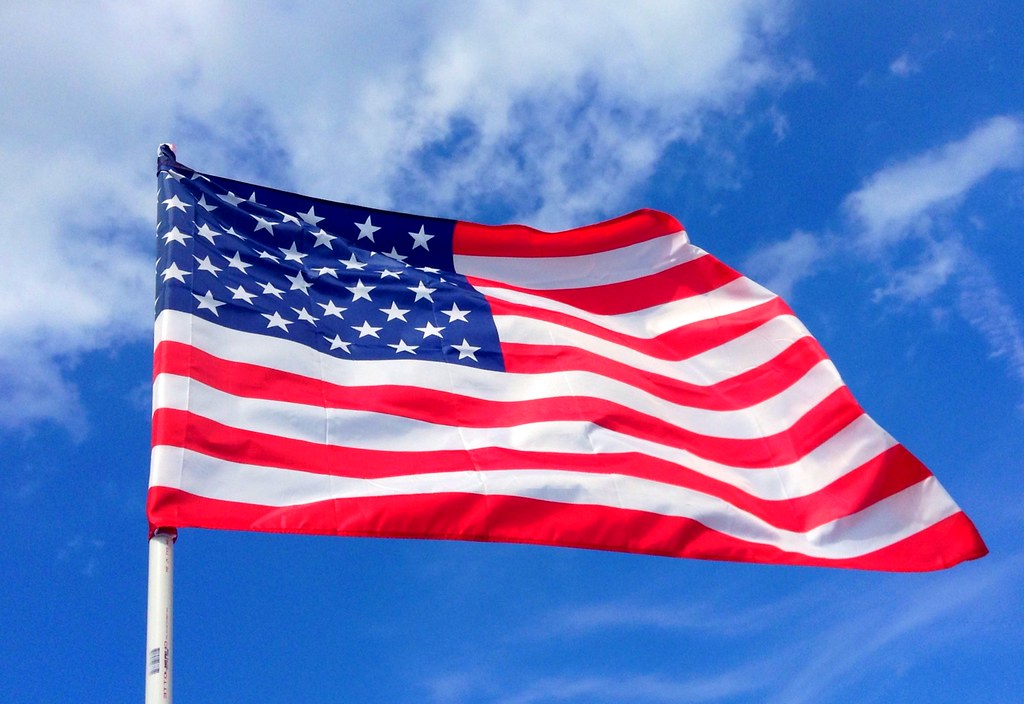Key Takeaways
• Interim U.S. Attorney Lindsey Halligan exchanged 33 hours of texts with Lawfare reporter Anna Bower.
• Halligan corrected Bower’s summary of a New York Times story and shared details about a secret grand jury.
• All messages went public because Halligan never made the chat off the record.
• The Justice Department defended Halligan but also misspelled her name in its statement.
• This clash spotlights grand jury secrecy rules and how prosecutors work with reporters.
A private text chat turned into a big public story when Lindsey Halligan, interim U.S. Attorney, messaged Lawfare reporter Anna Bower. Halligan tried to fix Bower’s social media post about a New York Times report. However, Halligan ended up sharing extra details about a secret grand jury. In the end, the chat went public, and the Justice Department faced criticism for how it handled the fallout.
Why Lindsey Halligan’s Texts Matter
Lindsey Halligan oversees cases in the Eastern District of Virginia. These include probes involving a former FBI director and the New York attorney general. Grand jury details must stay secret by law. Yet Halligan, trying to help a reporter, revealed more than she should. This sparked concern among legal experts and media outlets.
First, Halligan reached out to correct Bower’s summary of the Times story. Then, she confirmed the report’s key points. She also discussed grand jury procedure, which is usually off limits. Because Halligan didn’t set the chat as off the record, all messages could be posted. As a result, the public saw her critique and her legal advice in real time.
How the Text Exchange Unfolded
The conversation began when Halligan texted Anna Bower after seeing Bower’s Twitter post. Bower had summarized the New York Times article. Halligan felt parts of that summary were wrong. Over the next 33 hours, they exchanged dozens of messages. Halligan defended the Times story and pointed to case facts. She also warned Bower about revealing grand jury information.
Meanwhile, Bower pressed for clarity. She asked pointed questions about the prosecution. Halligan replied with a mix of legal explanations and gentle rebukes. She insisted she could not break grand jury secrecy rules. Despite that, some of her messages skirted the edges of what’s allowed. Bower later published the full chat since Halligan never asked her to keep it private.
Justice Department’s Response
After Bower’s article appeared, Justice Department spokesperson Natalie Baldassarre weighed in. Baldassarre criticized Bower for “tattling” about internal communication. She said Halligan tried to guide Bower toward facts, not gossip. Then Baldassarre misspelled Halligan’s name in her statement. Bower included Baldassarre’s correction in a later disclaimer.
This public slip-up added fuel to the fire. Critics said the department looked unprofessional. They noted that a spokesperson had not only sent a snarky comment but also failed to check a name. In the end, the department defended Halligan’s intentions while trying to shift blame to the reporter.
Grand Jury Rules and the Mistake
Federal law protects grand jury secrecy. Prosecutors must never reveal details about witnesses, evidence, or deliberations. Breaking these rules can lead to legal penalties. It can also harm ongoing investigations. Lindsey Halligan’s chat raised questions about how well prosecutors understand these rules.
On one hand, Halligan clearly tried to stick to the law. She repeatedly declined to share certain specifics. On the other hand, she did discuss the existence and scope of the grand jury. That alone can count as a violation. Moreover, by texting a reporter directly, Halligan bypassed formal Justice Department channels. That move broke typical newsroom etiquette.
As a result, experts warn that future sources may think twice before talking to the press. Reporters depend on trust with officials. If prosecutors blur lines, they risk losing that trust. Violating grand jury rules could also lead to court challenges or appeals in those high-profile cases.
What Happens Next
Now, the Justice Department will likely review its media policies. Supervisors may remind all staff of grand jury secrecy. They will also set clear rules on informal chats with reporters. For Anna Bower’s part, she proved that a reporter can stand her ground. Bower held Halligan accountable and published the full record.
Looking ahead, prosecutors must be extra cautious. They can’t correct the record in informal texts without strict ground rules. Reporters must ask if a chat is on or off the record right away. Both sides should write down those terms before talking. Otherwise, more private messages could end up online.
Meanwhile, the cases Halligan handles will go on. Defense lawyers might cite this exchange in court. They could argue that the prosecution disclosed too much and ask for sanctions. Judges may also remind prosecutors about the limits on sharing grand jury details.
Key Lessons
• Always set ground rules for on- or off-the-record talks.
• Prosecutors must keep grand jury information secret at all times.
• Spokespeople should proofread and avoid unprofessional comments.
• Reporters should push for transparency and hold sources accountable.
Frequently Asked Questions
What is grand jury secrecy?
Grand jury secrecy means no one can reveal who testified, what evidence was shown, or how jurors decided. It keeps the process fair and protects witnesses. Violating these rules can lead to legal trouble or thrown-out charges.
Why did Lindsey Halligan text a reporter?
Lindsey Halligan reached out because she disagreed with how a reporter summarized a New York Times article. She wanted to straighten out details and point to accurate facts about the case she oversees.
Can a prosecutor share grand jury details with the press?
No. Federal law bars prosecutors from disclosing grand jury witness names, evidence, or discussions. They can confirm a grand jury exists but must avoid any specific details.
How can reporters protect themselves in interviews?
Reporters should ask if a chat is on or off the record at the start. They can also keep written proof of the agreement. That way, they avoid surprises if messages become public.

